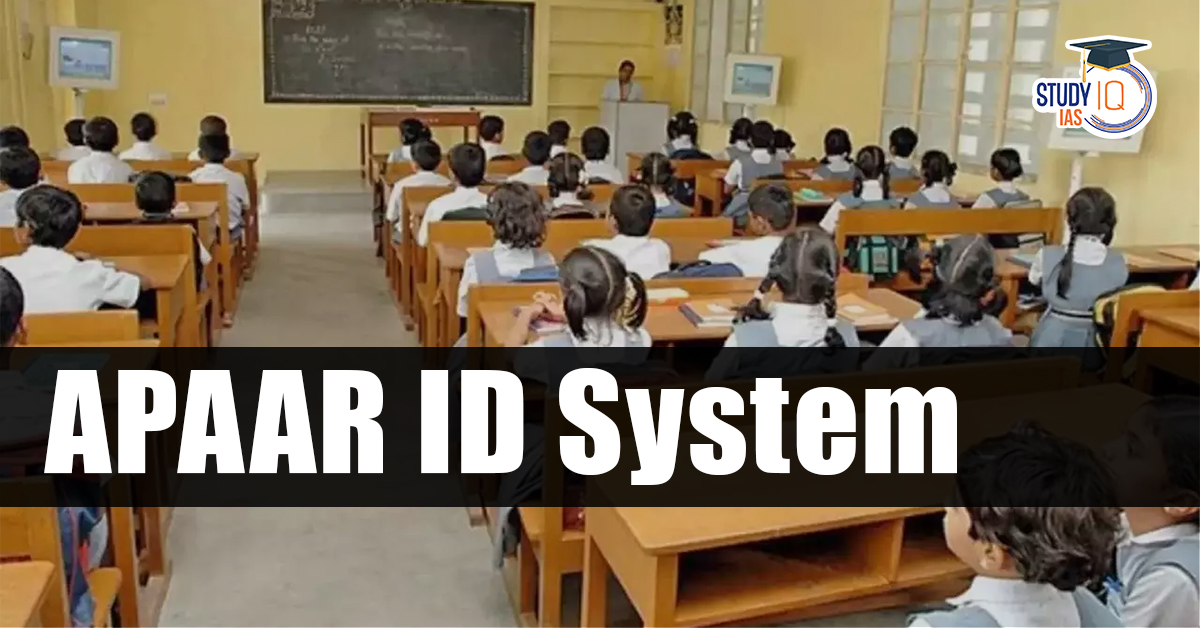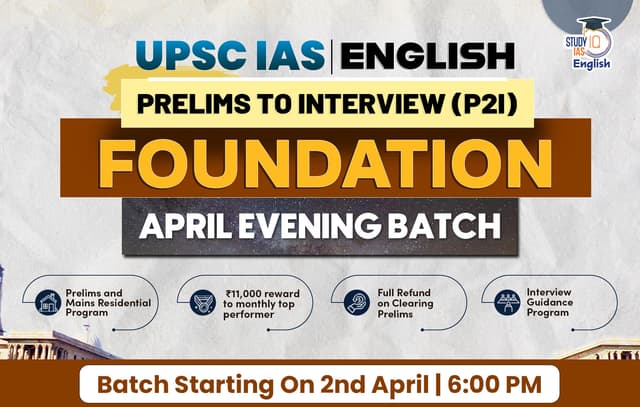Table of Contents
Context: Parents and activists fear that opting out of the Education Ministry’s APAAR ID for school students could become nearly impossible, despite enrolment being officially voluntary.
About APAAR ID
- Initiative By: Ministry of Education.
- Introduced Under: National Education Policy (NEP) 2020.
Key Features
- Lifelong Academic Identity: Each student gets a unique 12-digit ID.
- Centralized System: Manages academic records in one place.
- Credit Transfer: Facilitates the transfer of credits between institutions
- Lifelong Identity: Stays with the student throughout their educational and professional career
- Additionally, it has features to; Preserve student achievements, streamline credit recognition, Enhance educational flexibility & Credit transfer across institutions.
Registration Process
- Parental Consent: Due to the sensitive nature of personal data involved, parental consent is required for students below 18 years of age.
- Parents can obtain and submit the consent form through their child’s school or the official APAAR website.
- Student Registration: Students need to register on the Academic Bank of Credit (ABC) portal by creating an account on DigiLocker, and providing their Aadhaar number and other necessary details.
- APAAR ID Generation: Upon successful registration and verification, the system generates the unique 12-digit APAAR ID, which is then linked to the student’s DigiLocker account for secure access.
Concerns Over APAAR ID Implementation
Voluntary vs. Implied Mandate
- While the Ministry of Education states that APAAR ID enrolment is voluntary, a January circular from the Central Board of Secondary Education (CBSE) instructed schools to ensure “100% saturation” of APAAR IDs for all students.
- This directive has been interpreted by many schools as a mandate, raising concerns about whether opting out is truly possible.
Data Privacy and Security Issues
The APAAR ID system links to Aadhaar and stores sensitive personal and academic data.
- Advocacy groups like the Internet Freedom Foundation have warned about the lack of robust data protection measures for minors’ information.
- There is currently no legal framework mandating APAAR IDs, which raises questions about data security and consent.
Challenges in Aadhaar Linking
- Some parents have faced issues linking their child’s Aadhaar to APAAR due to spelling mismatches between school records and the UIDAI database.
- CBSE has advised schools to direct such parents to Common Service Centres for document correction, adding to the enrolment burden.
Way Forward
- Ensure Clear Voluntary Consent: The Education Ministry should issue a formal directive clarifying that APAAR ID enrolment is voluntary and prohibit schools from enforcing it as mandatory.
- Strengthen Data Privacy Protections: Introduce a legal framework to safeguard students’ sensitive data, ensuring transparency, consent, and accountability in data collection and usage.
- Simplify Aadhaar Linking Process: Provide support for resolving Aadhaar mismatches directly at schools or through online platforms to reduce the burden on parents.


 Bhashanet Portal : Empowering Multilingu...
Bhashanet Portal : Empowering Multilingu...
 Soyuz Aircraft: History, Design and Sign...
Soyuz Aircraft: History, Design and Sign...
 Grameen Credit Score (GCS), Objectives a...
Grameen Credit Score (GCS), Objectives a...





















